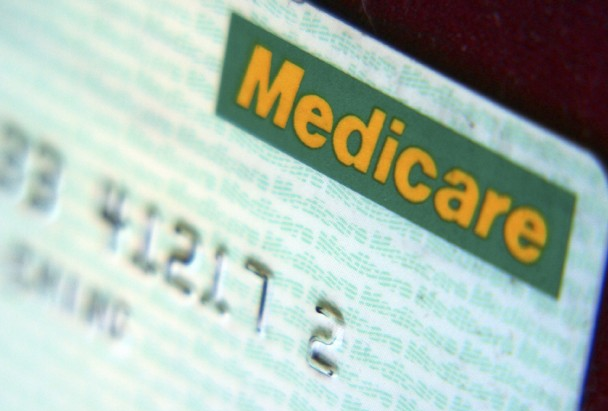
Medicare Data Dump Prompts Deep Analysis
The Obama administration’s decision to release a huge volume of data on Medicare payments to physicians provides a rare look at how payments are unevenly distributed among the nation’s doctors.
 Following the historic release on April 9, the headline was that the top 1 percent of medical providers accounted for 14 percent of overall payments in 2012. Further number crunching is likely to reveal other payments patterns and possible abuses in the days ahead.
Following the historic release on April 9, the headline was that the top 1 percent of medical providers accounted for 14 percent of overall payments in 2012. Further number crunching is likely to reveal other payments patterns and possible abuses in the days ahead.
The Centers for Medicare and Medicaid Services said the new data set included information for more than 880,000 distinct health care providers who collectively received $77 billion in Medicare payments. The 2012 payment data, the most recent available, included payments under the Medicare Part B Fee-For-Service program, the Department of Health and Human Services said in releasing the information.
The Obama administration stressed the need for transparency in releasing the data, an unprecedented move that was strongly opposed by the American Medical Association. Medicare officials said they hoped the release of the physician payment dataset would prompt a range of analyses to compare roughly 6,000 different types of services and procedures covered under Medicare Part B.
The data, which includes 9 million records and is delivered in a 1.7GB compressed file, is so large that it can’t be opened in Excel and can only be analyzed with a database or statistical software package, the Centers for Medicare and Medicaid Services (CMS) explained on its website. To assist people, CMS supplied a SAS read-in statement with the download.
The data dump also heightens scrutiny of uneven payments received by individual doctors and other health care providers. According to a Wall Street Journal analysis, Medicare paid 344 physicians and other health care providers more than $3 million each in 2012. The highest-paid doctors receiving Medicare payments accounted for an estimated $3.05 billion in payments, the newspaper reported.
Analysis of the Medicare data by other news organizations found that the majority of the $64 billion paid to physicians in 2012 went for overhead. A Washington Post analysis found that 43 percent of physicians’ payments were for overhead while 41 percent went to doctors themselves. Drugs and other costs accounted for 13 percent of payments while 3 percent went for malpractice premiums, the Post reported.
In releasing the Medicare data, officials said physicians and heath care providers determine what they will charge for services and procedures and these “charges” are then used to bill Medicare. Consumer groups have long advocated that the billing process be made more transparent to root out overcharges and other abuses of the Medicare system.
“Data transparency is a key aspect of transformation of the health care delivery system,” Center Administrator Marilyn Tavenner said in a statement. “While there’s more work ahead, this data release will help beneficiaries and consumer better understand how [health] care is delivered through the Medicare program.”
Media analyses also determined that office overhead accounted for the largest slice of Medicare payments due to the high cost of increasingly sophisticated diagnostic equipment and the staff required to operate the equipment.
For example, diagnostic radiology equipment accounted for $3.4 billion in overhead payments. Interestingly, the Post analysis found that dermatology practices generating the second highest overhead payments from Medicare totaling an estimated $2.233 billion.






























